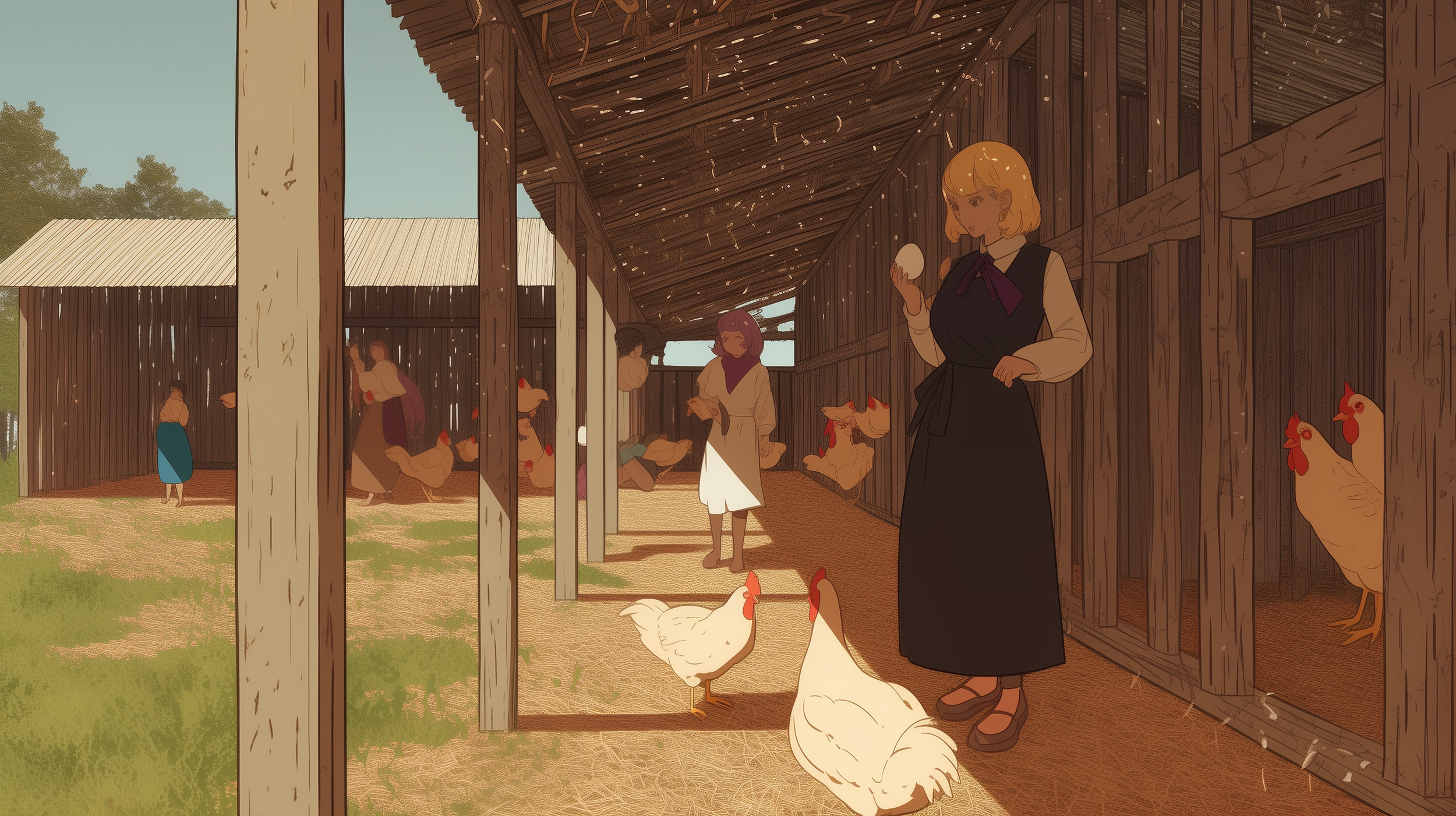
TYING THE KNOT, AGAIN
by Juan Ye
The research takes traditional Chinese weddings to investigate the widespread issue of resource waste. Through a fictional policy framework in three chapters, it explores how shifting regulations reshape rituals, emotions, and spatial relationships.
Film Logline: When weddings are bound by rules, the shift from farm to virtual feast quietly reveals how technology and power, under the guise of “saving resources,” weave new constraints—also exposing the limits of human ability and how our own weaknesses continually consume us in a vicious cycle.
02. Engineered Ecologies: Investigating human-made environments and their implications on future societies.
Project Description:
This project begins with the issue of resource waste in traditional Chinese weddings and through a future virtual policy and a three-part narrative wedding scenario it explores the evolution of wedding rituals, emotions, and spatial relationships. In 2030, the Green Wedding Supervision Organisation (GWSO) introduces a series of strict green policies, where every detail of the wedding is tied to environmental sustainability and low carbon practices, from the sourcing of ingredients to the materials used for wedding attire. This setup reflects the transformation of traditional wedding forms and meanings when social, environmental, and personal emotions intertwine.
The story spans three weddings, all held at the same farm, but with each wedding's spatial layout, decorations, food, and rituals evolving according to changing times and policies. In 2030, the wedding focuses on coexisting with animals, with ingredients sourced from the farm, simple and natural; by 2040, the wedding space transforms into a low-carbon demonstration zone, with clothing and food made from synthetic materials; by 2050, the wedding fully shifts to a virtual experience, where participants connect through digital identities and holographic technology, presenting a global online wedding.
Through the evolution of the three weddings, this project not only presents the changing nature of space and rituals but also uncovers how weddings, as a convergence of emotions, culture, and environmental responsibility, are reimagined in the future. It seeks to reshape the deeply rooted human ritual of marriage from a fresh perspective, exploring its multidimensional possibilities in the future and prompting a profound reflection on the relationship between tradition and modernity, as well as between the individual and the global.





